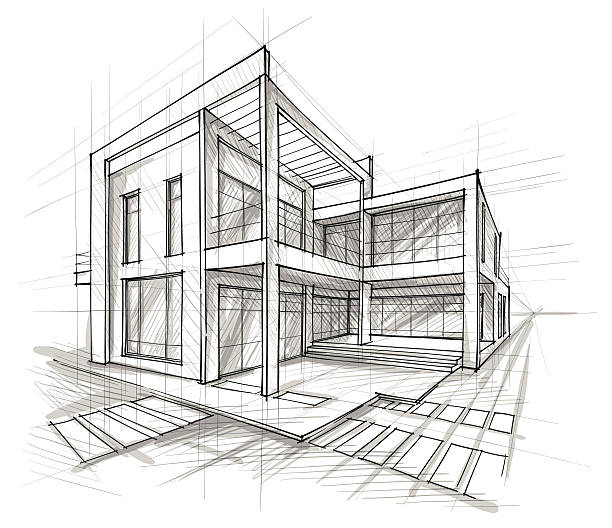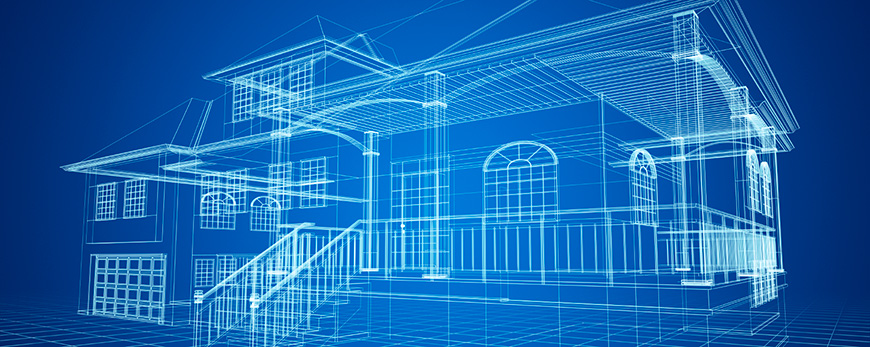The Creative Process Behind Effective Projects from CDA Architects
The Creative Process Behind Effective Projects from CDA Architects
Blog Article
The Effect of Technical Improvements on the Design Practices of Contemporary Architects
The fast advancement of technical devices has actually considerably reshaped the style landscape for modern engineers, cultivating extraordinary degrees of innovation and sustainability. Exploring these dynamics reveals a nuanced interplay between innovation and standard style methods, motivating a more detailed exam of what the future holds for building techniques.
Development of Architectural Devices
Just how have building devices transformed the style and building processes over the centuries? The evolution of architectural devices has actually dramatically influenced the effectiveness, accuracy, and imagination of design and construction. In old times, engineers count on fundamental tools such as plumb bobs, determining rods, and basic geometry to develop frameworks. These tools laid the foundation for very early building practice, permitting the building and construction of famous structures, albeit with limitations in accuracy and complexity.
With the arrival of the Renaissance, the intro of the compass and the protractor marked a crucial change. These tools made it possible for engineers to achieve higher accuracy in their designs, helping with the introduction of more intricate and proportional structures (cda architects). The Industrial Change even more reinvented building experiment the intro of mechanical tools and products, permitting larger and a lot more ambitious jobs
In the 20th century, the growth of computer-aided design (CAD) software application transformed the landscape when again, giving architects with unmatched capacities in modeling and visualization. Today, advanced tools such as Structure Information Modeling (BIM) and parametric style software program remain to push the limits of building innovation, allowing a much more incorporated approach to style and building procedures.

Enhanced Cooperation in Layout
As technology proceeds to progress, improved cooperation in style has come to be a foundation of modern building technique. The assimilation of electronic devices such as Building Information Modeling (BIM), cloud-based systems, and advanced visualization software application has changed the way designers, engineers, and stakeholders engage throughout the design procedure. These devices assist in real-time interaction, enabling groups to share ideas, alterations, and feedback instantaneously, despite geographical area.
Furthermore, digital reality (VR) and boosted reality (AR) have additional enriched collaborative efforts by making it possible for immersive experiences that allow clients and group participants to imagine tasks in a more appealing way. This degree of interaction not only improves understanding yet also promotes a feeling of possession among stakeholders, resulting in even more enlightened decision-making.
Additionally, interdisciplinary partnership has actually been structured via these technological developments, allowing engineers to function more closely with other experts, such as metropolitan organizers and ecological consultants. The result is a much more natural technique to make that considers various perspectives and know-how. Inevitably, boosted cooperation in layout is not just a fad; it is important for producing cutting-edge, useful, and visually pleasing architecture in a significantly intricate globe.
Sustainability Through Modern Technology
Sustainability in design has increasingly come to be linked with technological technology, driving the industry towards eco liable methods - cda architects. Contemporary designers are leveraging advanced technologies to minimize ecological influence while improving the performance of structures. One noticeable instance is using Building Details Modeling (BIM), which permits exact planning and source appropriation, minimizing waste during construction and advertising energy efficiency throughout a structure's lifecycle
Additionally, smart products and energy-efficient systems are being incorporated into layouts to enhance resource use. Technologies such as photovoltaic cells and environment-friendly roof systems harness renewable resource sources, adding to minimized carbon footprints. In addition, the application of expert system in style processes allows architects to imitate and evaluate power usage, leading decisions towards more lasting outcomes.
The combination of sustainable innovations not just lines up with international environmental objectives but likewise meets a boosting need from consumers for green services. As engineers embrace these advancements, the emphasis shifts in the direction of producing rooms that are not just aesthetically pleasing however additionally functionally sustainable, consequently redefining the criteria of modern design. In this means, technology functions as a stimulant for sustainability, enabling architects to create structures that regard and enhance the natural surroundings.
Challenges in Implementation
While technological improvements in style hold fantastic guarantee for boosting sustainability, their execution frequently comes across considerable obstacles. One key obstacle is the steep knowing curve related to brand-new modern technologies. Engineers and Check This Out building and construction professionals may require comprehensive training to successfully make use of innovative software program and devices, which can delay job timelines and enhance expenses.
Furthermore, the combination of arising modern technologies, such as Structure Info Modeling (BIM) and sustainable materials, frequently requires collaboration across multidisciplinary teams. This partnership can be impeded by differences in knowledge, workflows, and communication styles, resulting in potential problems and inefficiencies.
Financial restrictions additionally complicate the adoption of innovative modern technologies. Lots of architectural firms, specifically smaller sized ones, may do not have the sources to buy cutting-edge devices, limiting their ability to take on bigger firms that can manage such financial investments.
Furthermore, governing structures and building ordinance might not equal technical improvements, creating obscurity and prospective conformity problems. look at more info This challenge can inhibit designers from totally accepting brand-new innovations, as the risk of non-compliance might outweigh the advantages. Addressing these application obstacles is important for the effective integration of technological innovations in contemporary building techniques.
Future Trends in Design
The obstacles associated with the application of brand-new technologies in design have actually motivated a reevaluation of future trends within the market. As engineers browse issues such as sustainability, urbanization, and social equity, they are progressively taking on cutting-edge technologies to enhance style performance and ecological performance.
One popular pattern is the assimilation of expert system (AI) in the design process. AI tools can examine substantial datasets to educate design decisions, enhancing both imagination and performance. Likewise, Structure Details Modeling (BIM) proceeds to advance, making it possible for real-time collaboration among stakeholders and facilitating streamlined project management.
Lasting layout techniques are additionally getting energy, with designers focusing on adaptive reuse and regenerative design concepts that decrease source usage and waste. The consolidation of wise products and renewable resource sources will further boost the strength of structures when faced with climate adjustment.
In addition, the increase of parametric style allows best site for even more individualized and context-sensitive architectural solutions. By using these improvements, architects are positioned to create developed environments that not only deal with the prompt requirements of society yet likewise prepare for future obstacles, thereby redefining the role of architecture in an ever-changing globe.
Final Thought

Report this page